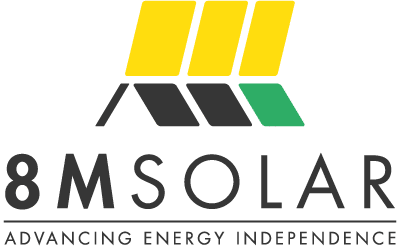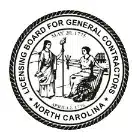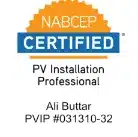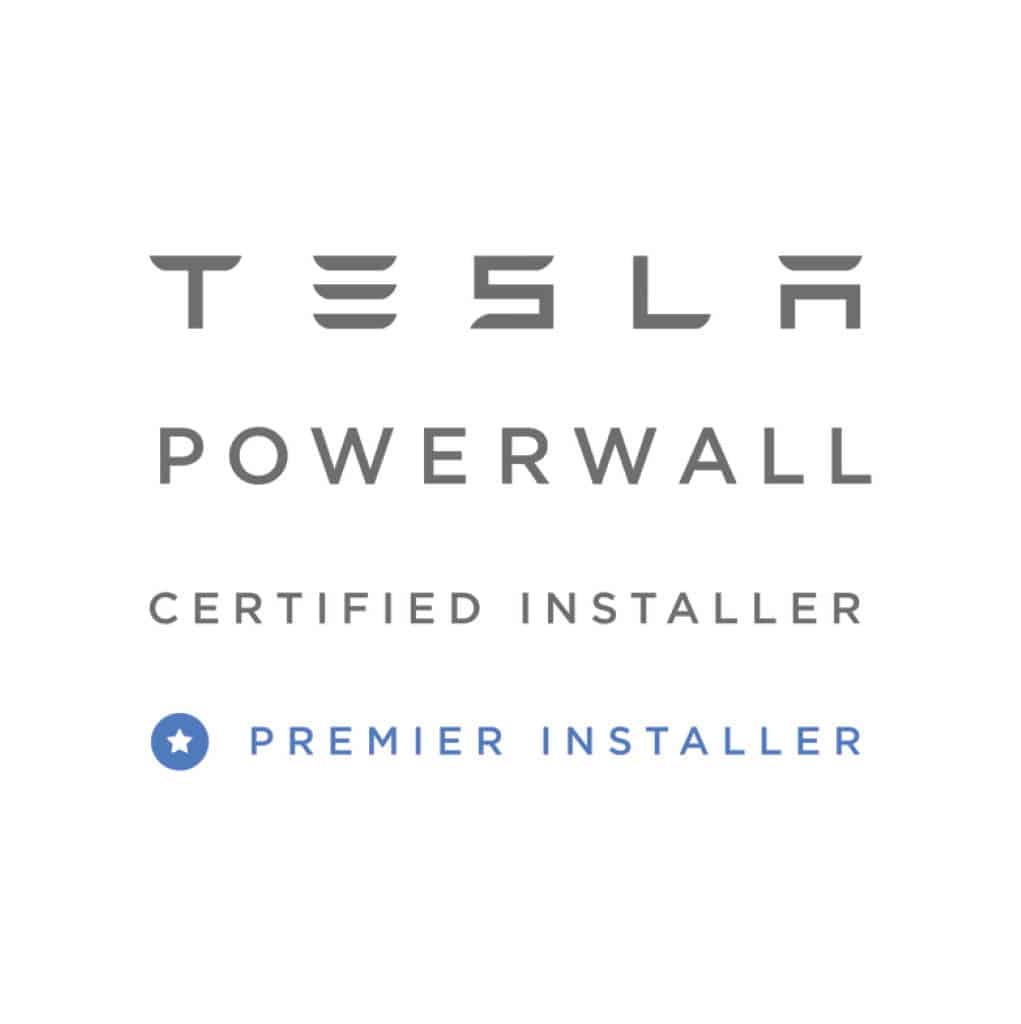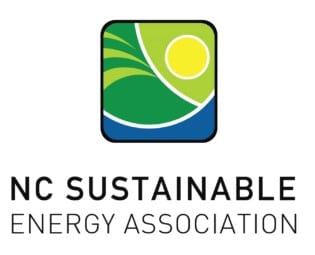
After you decide to go solar, you may want to know how long it will take to generate electricity. After all, generating power is why you want to switch to solar panels. Read on to learn more about how long it takes to install solar panels, the factors that affect installation time and how long it takes to recover the installation investment.
How Long Does Solar Panel Installation Take?
The entire process of installing solar panels and getting them approved isn’t an overnight process. There will be waiting periods for each step of the process. The time for each step can vary depending on where you live, your solar company, the solar panels you choose and how many others are installing solar panels. These are the steps to a solar installation process and approximately how long each step could take:

Site Assessment
Once you choose your solar company, one of the first steps is getting your site assessed and approved. A solar professional from your company will visit the site and examine the roof and other features to ensure they can support a solar system. The professionals will assure your roof can handle the weight and that your electrical system can handle the amount of energy you want to produce. The experts will also check that nothing is obstructing the sunlight and confirm the measurements.
This step can take around one to two weeks, from the initial phone call to the site visit itself.

Local Permitting
To install solar panels, you must get the proper permits from your local government, as you would for any construction project. When making a significant change to your home, your homeowner’s association (HOA) may also want to know about it, and you may need approval from the HOA to begin. The permits you’ll need will vary depending on your local government and the time it takes to get all of the permits will also vary by where you live. In most cases, you’ll need a photovoltaic (PV) permit, a general electrical permit and/or a construction permit.
Because you’re dependent on bureaucracy to move forward, this step can take anywhere from three to six or more weeks.

Solar System Design
The type of solar panels and mountings you use will affect the time it takes to install your system. Your solar company may have to order parts if they’re not in stock, which can add time to your installation. If your solar company uses parts that must come from overseas, you could wait weeks for the solar equipment to arrive.
In addition, your solar system design may need one more approval before the installation can proceed. If the solar experts who examined the site want to make changes, you may be waiting for approval before you can move forward.
This step can vary depending on if you need design approval and where your parts are coming from. It may take one to two weeks. The good news is this can be done in parallel with the permitting step above!

The Installation
Once your installation is scheduled, this step is actually the quickest step, to most people’s surprise. Most often, your solar company will be able to install the solar system in only a few days. The installers will arrive at your house with all the equipment and get to work.
They’ll start with the wiring system and finish by installing the panels themselves. Sometimes they can finish in a day, but if your roof is large or complicated, it could take a few days.
Depending on the size or your solar system and roof, this step can take one to two days.

Inspection
Once your solar system is on your roof, you still have to wait before you can start generating power. A local inspector must visit the site to ensure that the solar panels are installed correctly and up to code.
This step is there to make sure all installations are safe and ready to start generating electricity. This step can vary depending on the time of year and the current backlog for inspections.
Depending on where you live and how quickly the inspector can come, this step can take up to one week.

Utility Connection
You’re in the home stretch now. The last step is to file an application with your utility company to get them to flip the switch to connect your system. The utility company will often install a meter to determine how much energy you produce.
Between the application and installation, this last step can vary in how long it’ll take. This step is where many customers get anxious, but the solar panels will be worth it in the end.
This step can take up to two weeks, depending on your utility company.
Overall, a solar installation can take as little as a few weeks to several months to complete. This may seem like an extended period, but don’t let that deter you from switching to solar panels. A solar system can reduce your electricity bills, help you become self-sufficient and reduce the toll on the environment.
Factors Affecting How Long It Takes to Install Solar
In an ideal world, all solar panel installation timelines would be the same, giving homeowners and businesses and accurate date from the start for when their new system will be up and running. However, various factors come into play that can add time or delay your solar energy project.
Some of the main factors include:
- HOA approval: On top of local government licensing, you’ll also need to notify your HOA that you’re going to install solar panels if applicable. Your HOA may have a special approval process to ensure it meets the requirements within your neighborhood. Failing to alert your HOA can sometimes result in a fine or the need to remove the installation until you get proper approval, depending on your HOA’s rules.
- Roof repairs: Solar systems can last a long time, but your roof may not be in the proper condition to handle your new installation for that long. If you’ve had the same roof for many years, you may need to repair or replace it before installing your solar panels to ensure you won’t have to remove them when you need an inevitable roof replacement. Ensuring your roof is stable will also prevent your solar panels from taking on any unnecessary damage.
- Unpermitted structures: If you’ve built any structures on your property that were unpermitted by your local government, they may require you to get approval or remove the structure before installing solar panels. Getting additional permits or removing structures can add time to your solar panel project.
- Equipment availability: Due to the seasonality of solar, equipment availability will vary at different times of the year. Key components may be in low stock or completely unavailable, meaning you may have to wait until enough is in stock to complete your solar project.
While these factors can affect your project timeline, solar is still a worthwhile investment, helping you save on your monthly utility costs and reducing your carbon footprint.
How Long Does It Take to Recover Your Solar Panel Investment?
Once your solar panels are installed, you may be wondering how long it’ll take for the system to recover the investment you put into it. Here are the steps to calculating the payback period for your solar system:
- Determine the average electricity usage for your home: The higher your electricity bill before solar panels, the shorter your estimated payback period should be as soon as your panels are generating power.
- Determine the total cost of the system: The total cost of solar panels includes the gross price of the panels, equipment, installation and maintenance before factoring in incentives.
- Determine your annual benefits: Homes with solar panels are often eligible for solar incentives, rebates and federal tax credits. Your state may also offer incentives for solar installations.
- Divide your combined costs from your benefits: This number should be the years it will take to fully recover the investment and begin to gain financially from a solar system.
On average, most people recover their investment in seven to 12 years, depending on the state they live in.

What Solar Panel Incentives Are Available?
One of the best ways homeowners and businesses can see a return on their solar investments is by taking advantage of federal and state solar incentives. North Carolina residents and companies can benefit from the following incentives:
- Solar Investment Tax Credit (ITC): The ITC will provide a 30% tax credit for homeowners and businesses through 2032.
- Net metering: North Carolina allows you to sell any excess energy your solar system produces to utility companies using net metering, allowing you to see an active return on your investment.
- Property Tax Abatement for Solar Electric Systems: This abatement exempts homeowners and businesses from having to pay 80% of the value of their solar system in property taxes.There may also be additional incentives for specific counties, cities or utility companies, so it’s always a good idea to look into what your local area offers for solar installations.
There may also be additional incentives for specific counties, cities or utility companies, so it’s always a good idea to look into what your local provider offers for solar installations.
Let 8M Solar Help You Make the Switch to Solar Energy
8M Solar can help you throughout the entire solar panel installation process, including finding solar incentives to help reduce the cost of your panels and creating a timeline to determine how long your solar installation will take. We also can help with repairs to ensure your new solar system lasts as long as possible.
If you’re interested in learning more about solar installations or want to determine how long your payback period will take, contact us at 8M Solar today to get started.
